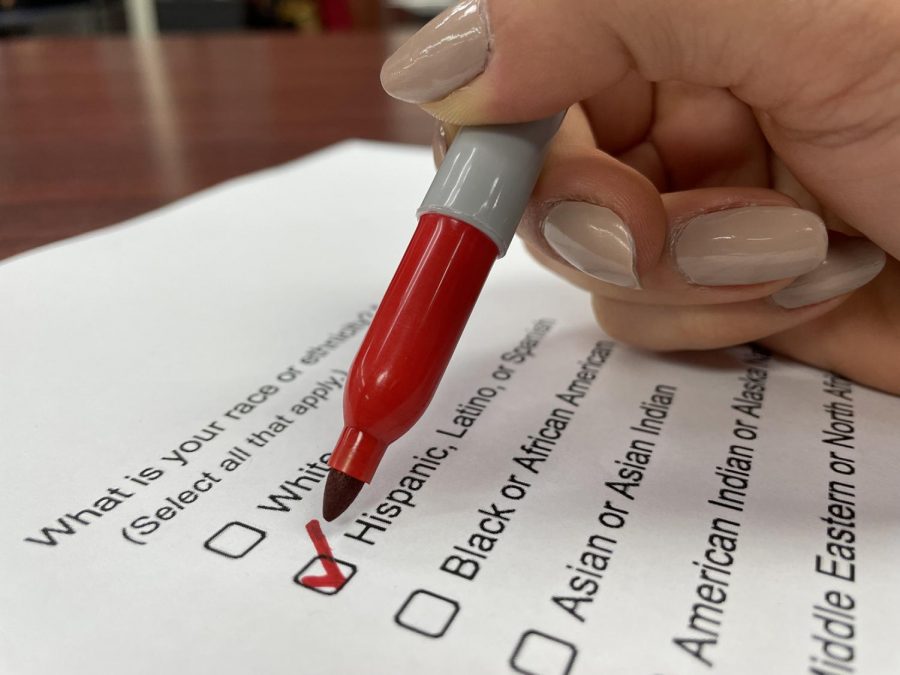Being Hispanic or coming from a background of Mexican or Spaniard culture, it can be confusing on what to identify yourself as. It can sometimes make people wonder, “what is the difference between being Hispanic and Latino?”
Chicano Studies Adjunct Faculty member Josefina Carmona says that being “Hispanic” has to do with Spanish-speaking countries and/or countries that were colonized by the Spaniards. Whereas Latinos are Latin American countries that may or may not have Spanish as their primary language.
Racially, most Hispanics are considered white, Carmona said.
“Brazilians would be considered Latinx or Latinos because they are in Latin America,” Carmona said.
The term Hispanic is a label that was imposed by the federal government, Carmona said.
When the U.S Census was trying to distinguish between white Eurocentric Americans and Hispanics such as Mexican-Americans, Salvadorians, they created the label “Hispanic” because they came from Spanish-speaking countries.
According to the 2020 U.S Census, the Hispanic or Latino population was the second-largest racial or ethnic group, comprising 18.7% of the total population.
“Identity can be very fluid in the sense that your environment has a lot to do with it; oftentimes identity is linked to a country of origin,” Carmona said.
There are some students at the border that identify as ”Fronterizos,” which means that they recognize themselves as having a borderland identity, Carmona said.
In a survey conducted by Pew Research Center, two-thirds of Hispanic adults say being Hispanic is part of their racial background.
When asked about their race on Census Bureau decennial census and survey forms, many Latinos do not choose one of the standard racial classifications offered. Instead, more than any other group, Latinos say their race is “some other race,” mostly writing in responses such as “Mexican,” “Hispanic” or “Latin American,” Pew Center Research report said.
“It’s important that we recognize that each ethnicity has its own culture nuances that make them unique,” Carmona said.
Carmona says that taking ethnic studies courses, reading, and being curious about your ethnicity can help those struggling with identity to get a better understanding of who they are.
“There’s got to be the desire and the understanding on the part of the individual to actually embrace whatever the answer might be and not let someone else tell them what their identity is, I think that’s the key,” Carmona said.
Sophomore Jennifer Evelyn Hannig Marrufo says when she was younger she would get confused on what to fill out on forms, but as she got older she learned the difference between race and ethnicity.
“I identify as Hispanic. I do think being Hispanic has a lot of fluidity. There’s a lot of different types of Hispanic culture. Maybe different, but our roots are similar,” Marrufo said.
Julia Lucero may be reached at [email protected]













